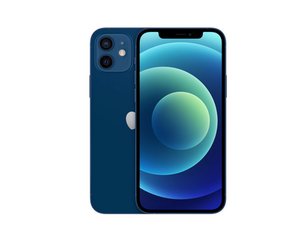Hi Baylor,
Unfortunately my colleague @guardian10 is absolutely correct; the flood illuminator incorporated into that earpiece speaker assembly is paired to the phone with a proprietary encryption algorithm that only Apple has access to so they are the only ones who can replace that assembly.
Even worse, should you decide to humble yourself and go to them for help, they won't replace that assembly for you. The closest you can come is to pay them full price for a screen replacement; their screens come with the Face ID components already mounted and part of their replacement process is to reprogram it to your phone.
It is also possible to use their self repair program, but in practice you really don't save all that much over just paying them to do the job after you've bought the part from them and rented their equipment to do the job.
It's especially irksome knowing that in the exact same circumstances other companies like Samsung and Google do make it possible to replace those kind of components, much like how you could never replace the Touch ID home button on older Apple models but you can replace the fingerprint sensor on a Google Pixel phone. So technologically there's no real argument that they're protecting their customers by not allowing aftermarket repairs since other companies have already demonstrated that it's entirely feasible to do so.
And rather than making their phones more repairable, they're actually making them less so; starting with the iPhone XS they started pairing the battery, and with the iPhone 11 you can no longer simply replace the screen without generating warning messages and possible loss of functionality.
Ouch. I've advised my son and daughter-in-law not to get their children phones newer than the iPhone X for the simple fact that I won't be able to repair them if they buy newer models, at least nowhere nearly as cheaply and easily.
War diese Antwort hilfreich?
Bewertet
Rückgängig machen
Bewertung
1
Abbrechen
Schau durch den Thread, bis du den richtigen Platz für diesen Kommentar gefunden hast. Klicke dann auf "Den Kommentar diesem Post zuordnen", um ihn zu verschieben.


 1
1 
 46
46  93
93 